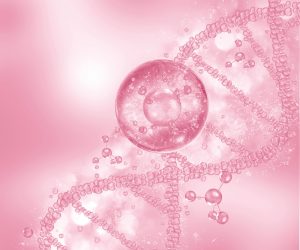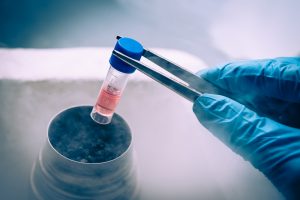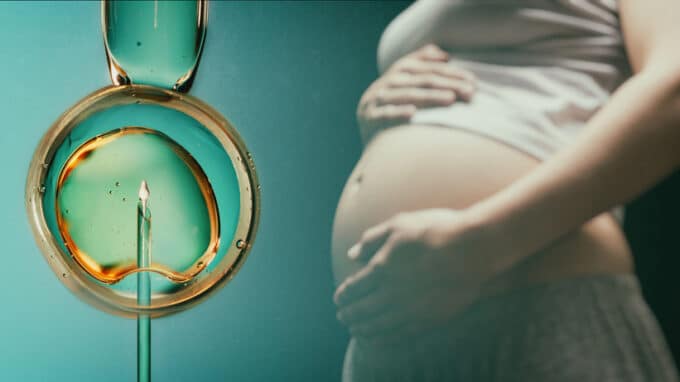An unexpectedly versatile and regenerative stem cell in early embryos could be the key to developing new effective fertility treatments, according to a new study on mice by the University of Copenhagen.
Success Rate for Fertility Treatments Usually Low

Pregnancy is a very complicated process. First, a sperm cell must find its way and fertilize an egg cell in the fallopian tube, whereupon the egg cell begins to divide. After around five days, the egg cell becomes a blastocyst, which eventually develops into a fetus. However, it is becoming increasingly difficult for more and more people to achieve fertility due to various factors affecting the quality of the sperm or eggs, as well as problems with implantation of the embryo in the uterus. more and more people are seeking help to conceive children through fertility treatments, which are used in one in eight pregnancies. However, the success rate of these treatments is still low, at around 20-30%, depending on the woman’s age and fertility. Now researchers at the University of Copenhagen have made a breakthrough that could lead to more successful fertility treatments in the future.
The researchers, led by doctoral student and first author of the study Madeleine Linneberg-Agerholm, examined cells in the mouse embryo, the so-called primitive endoderm, also known as hypoblast. They have found that these cells are unique and can independently generate an embryo. This is particularly interesting as a recent study suggests that the primitive endoderm is the only cell type in the embryo that is associated with high implantation success in clinical trials. According to Linneberg-Agerholm, these cells would usually only nourish and support a normal embryo, but when isolated, they can reform an embryo on their own, which is a very surprising finding.
The researchers also found that stem cells from the primitive endoderm grown in the laboratory develop in a dish into “stem cell-based embryo models”, known as blastoids, with very high efficiency. These embryo models have the potential to be very important tools that can be used to discover new drugs to improve IVF outcomes. According to the researchers, this could be particularly important for improving current treatments for infertility, as plasticity and robustness could be the secret to ensuring that embryos can survive the abnormal environmental conditions in the laboratory and during transfer to the mother. The study was conducted on mice, but the researchers behind the study are already looking into conducting similar studies on human stem cells.
Improving Endoderm Stem Cells to Increase Pregnancy Chances

When an embryo begins to develop, it is a single cell that then becomes a cluster of cells, with the outer cells forming the future placenta and the inner cells forming either the primitive endoderm, the future yolk sac, or the epiblast, from which the embryo itself develops. “The last step in blastocyst development is the primitive endoderm. And if you remove everything around the primitive endoderm, the primitive endoderm somehow ‘remembers’ how to make an embryo, and it can do it itself,” explains Professor Joshua Brickman, lead author of the study. The researchers also show that these cells in the primitive endoderm remember how to form the other cell types because they have transcription factors that sit like bookmarks on the DNA at key regulatory sequences (enhancers). At these sites, these factors normally do nothing, but can remember what to do when there is a problem.
The researchers hope that their findings can shed light on how to increase the chances of successful IVF treatment. But also to learn more about why some people have difficulty getting pregnant in the first place. In cases where women have difficulty getting pregnant, a defect in the primitive endoderm could also be the cause, as it not only provides nutrients but could also play an important role in repairing damage. For now, the researchers will focus on learning more about the functions of the primitive endoderm and focus on how they can improve their existing human primitive endoderm stem cells.




